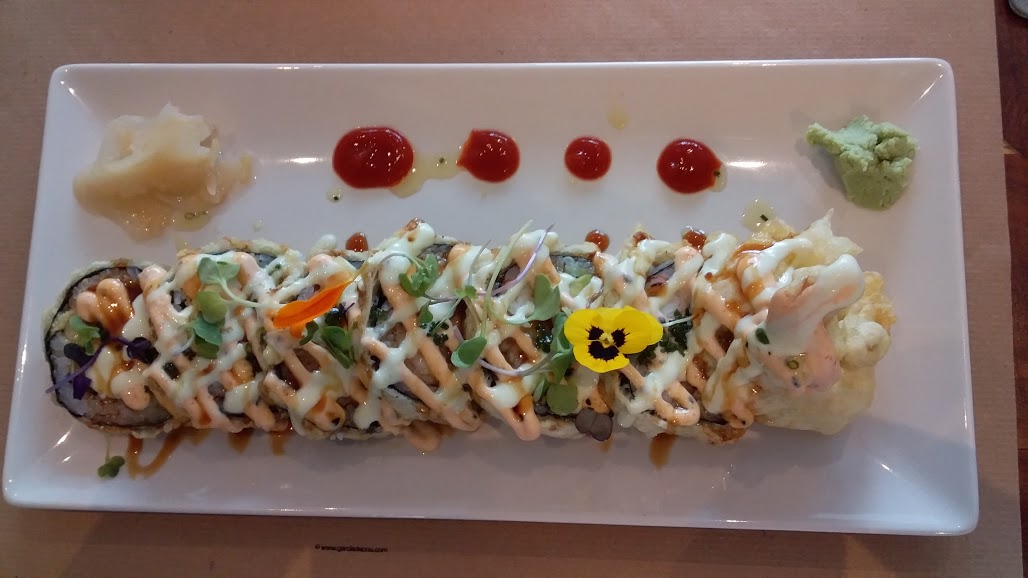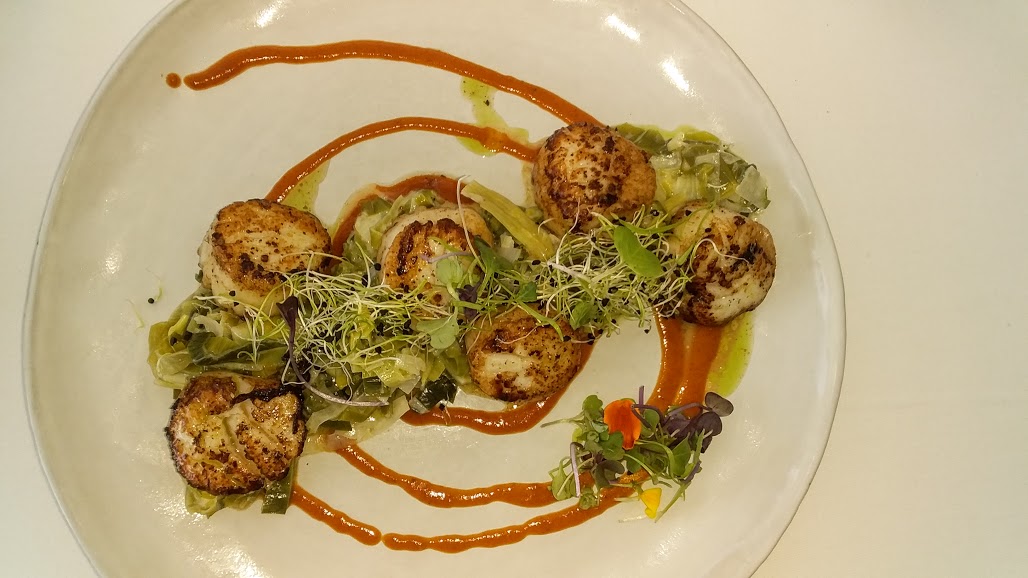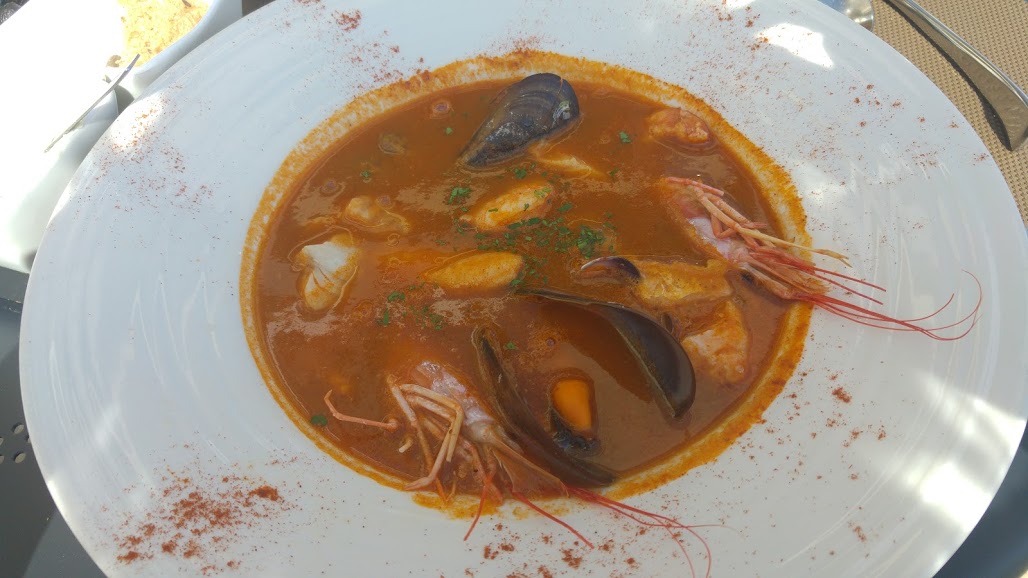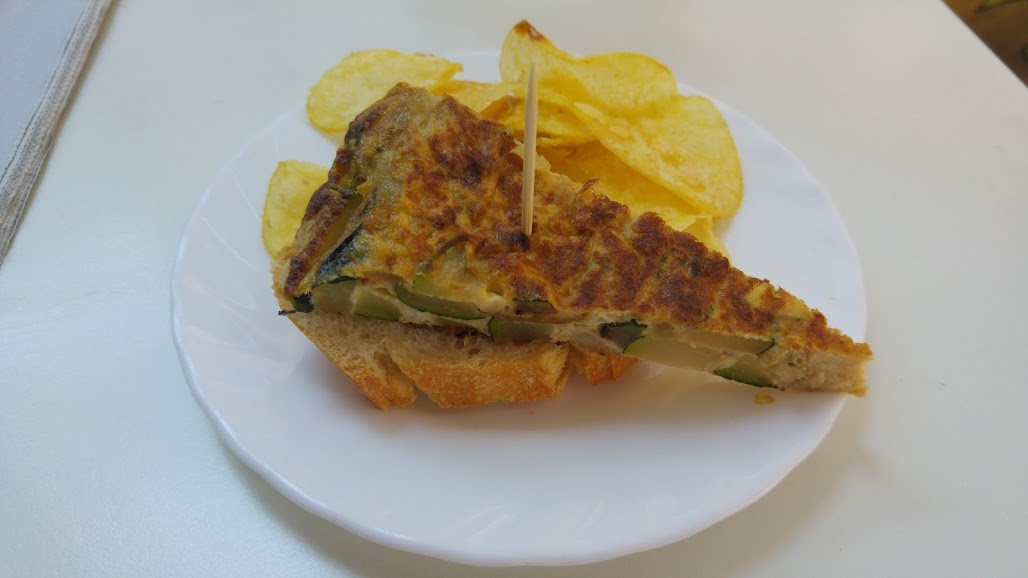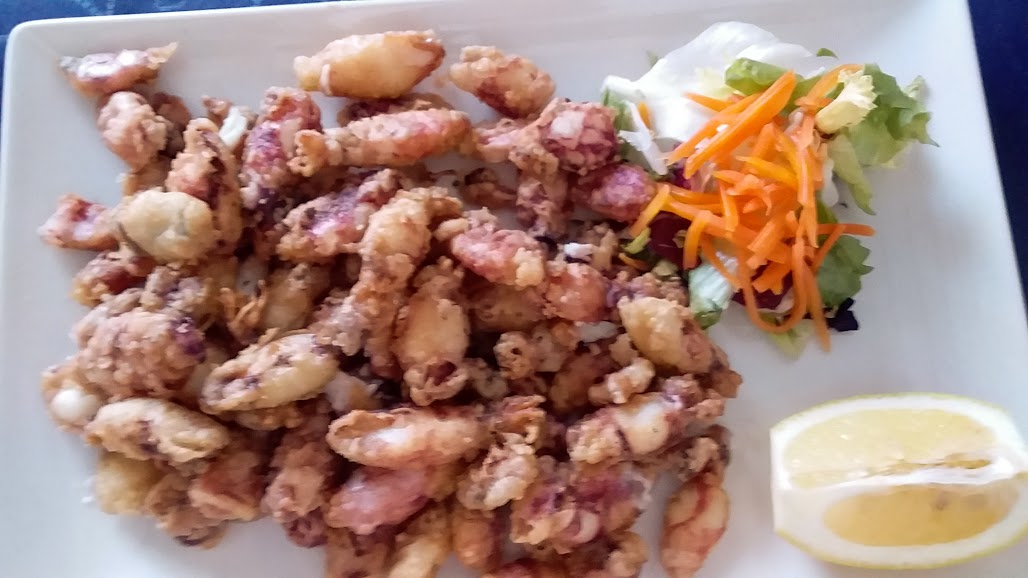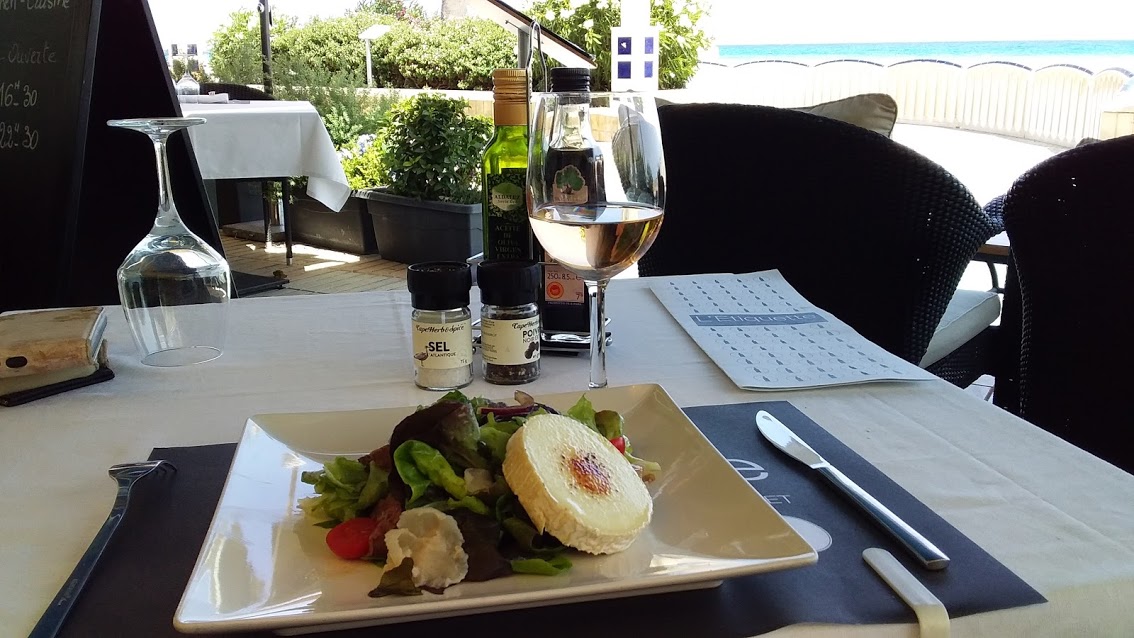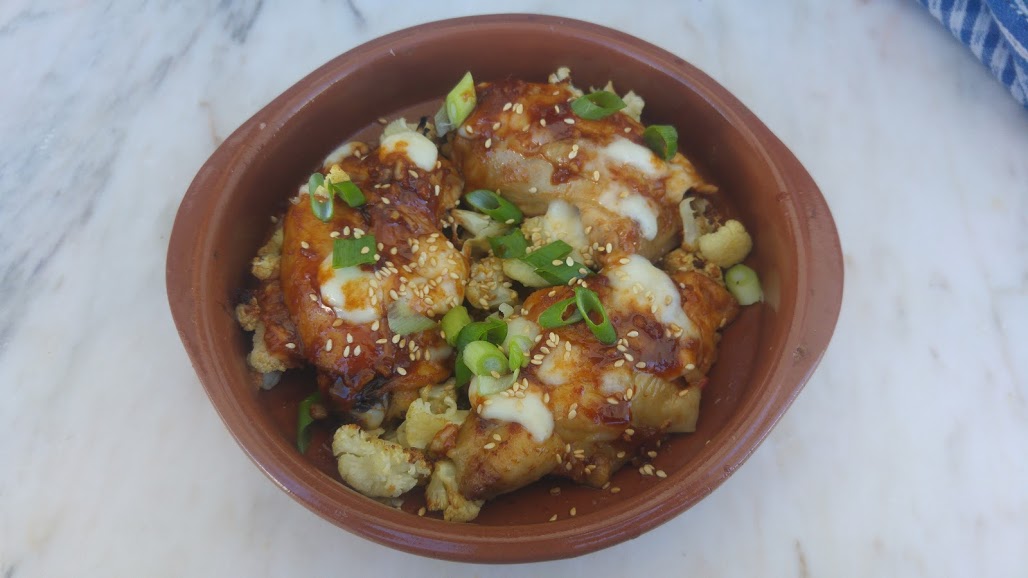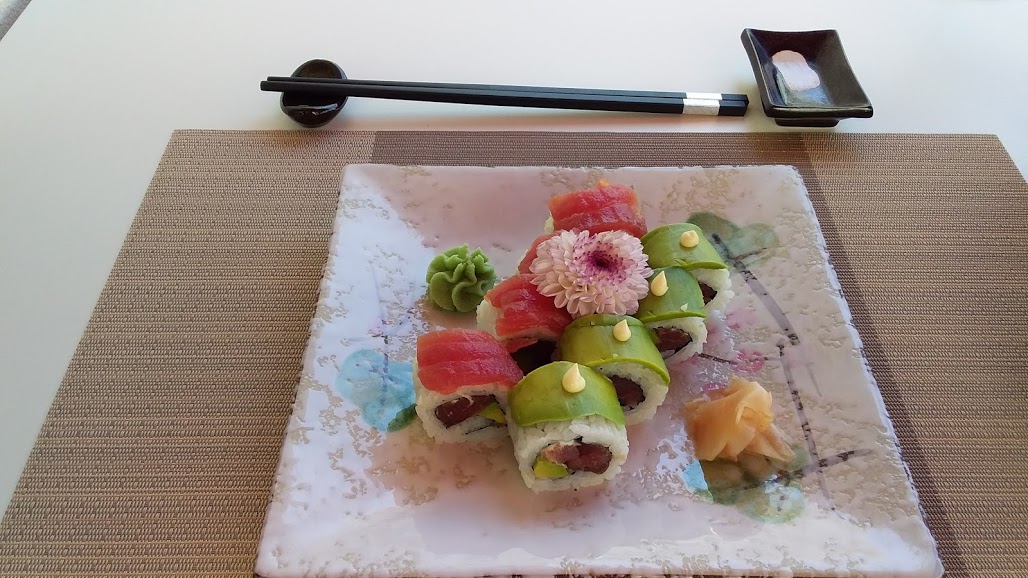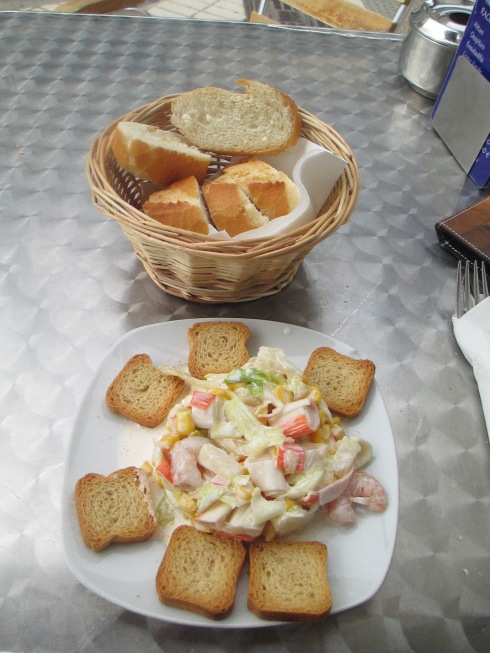During a recent afternoon and overnight in Paris in April 2024, before my Burgundy barge river boat trip, I had some great experiences and a one unfortunate experience in what I thought was a taxi. After briefly settling into my centrally-located Parisian hotel, the concierge recommended a French Brasserie, a fave as I love seafood. Brasserie Flotte was a pleasant serendipitous walk, which was occurred between the rainy showers. It had a traditional brasserie feel, with lots of locals. Staff was attentive and responsive to my questions and requests. I ordered one of my most loved Parisian dishes, meunière, and it was cleaned and cooked perfectly. I also enjoyed the simple accompaniment of spinach. Great wine selection, with many of my French wine favorites.


Perfectly sated, I headed back to my hotel for a needed a siesta after my ridiculously early wake-up time to make my departure flight from Alicante to Paris. Upon awakening, a live jazz music aficionado, I searched for what I thought was the best prospect, and boy, was I right. I may not excel at lots of things, but for reasons I don´t understand, I have unusual luck with finding great restaurants or eating spots, from dives, unmarked (nearly secret) eateries, and luxurious and exquisite cuisine, and fabulous live music venues focusing on jazz, R&B, and American Standards. I also love classical music including chamber music, but you don´t need much skill or luck to find those. So on this night in Paris, I took a cab to Le Duc des Lombards, in the 4th Arrondissement which hosts some of the top rated jazz bars in Paris in an area with lots of jazz bars, so I figured if I didn´t like that venue, I could venture to another nearby. I arrived after the start of the set, but could immediately hear the music was great. While traveling alone when you are older with a physical disability can often be a challenge, sometimes there is a silver lining. Instead of having to go upstairs, the lovely hostess found a seat for me downstairs. As she explained ahead of time, my seat would be blocked from direct view by a wall support but there was a live video feed. However, just by standing up from my stool and leaning to the left, I could see the band performing.


The band was stellar, especially the singer, Crystal Lewis, as well as the trombonist and pianist. The musician on trombone was able to jam with musicality, an unusual feat for most trombone players. The ad for the concert listed a trumpet player, so I did not get the name of the trombone player who probably was a substitute. The pianist was listed as Johan Dalgaard. Afterwards Le Duc had their standard jazz jam with stellar audience participants. Word of warning, waiting with people at the taxi stand/rank area outside Le Duc afterwards, I entered a vehicle that looked like the other cabs. I usually immediately check the meter upon entering a taxi, but in this case I did not. When I arrived at my hotel, he tried to charge me an outrageous amount, claiming he was Uber. I gave him the same amount as I paid to get to Le Duc and then quickly exited the cab as he continued to try to convince me to pay more.


After the delightful week barge cruise in Burgundy, we were driven back to Paris, where I walked only a short distance to the opulent, historic Café de la Paix, opened in 1862, (which is across from the Paris Opera House, Palais Garnier) where I have enjoyed many a good meal, as they specialize in fish and seafood. Sadly, I wasn´t able to make an advance reservation because of unpredictable arrival time (and it was good I didn´t as a car fire about 50 yards ahead of us delayed us for about 45 minutes). I had just enough time to squeeze in a lunch there before catching a cab to the airport to return my home in Altea Spain. Sadly, without a reservation or a wait, I was unable to sit in the main restaurant, but was seated quickly in the more casual café. I had been looking forward to the restaurant´s delicious trout, so the kindly waiter asked the main restaurant if I could get it. Alas, I could not, but I had a lovely quiche, salad, and a generous wine pour from the kind waiter as consolation for not being able to get the fish. While walking to the restaurant, the sporadic rain had stopped, but as I dined, it re-started. An exit to a quickly-arriving hailed taxi made my relaxing transition to the airport an easy transition to head home.







